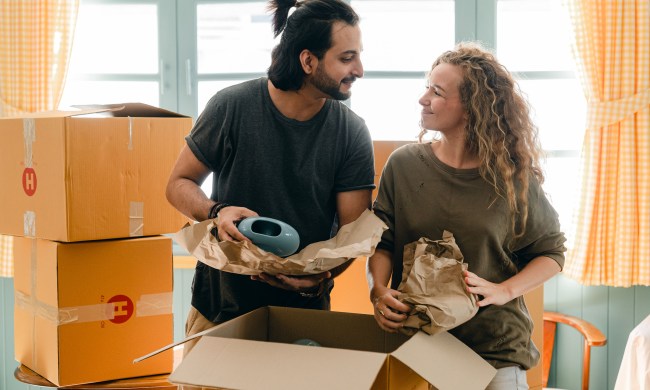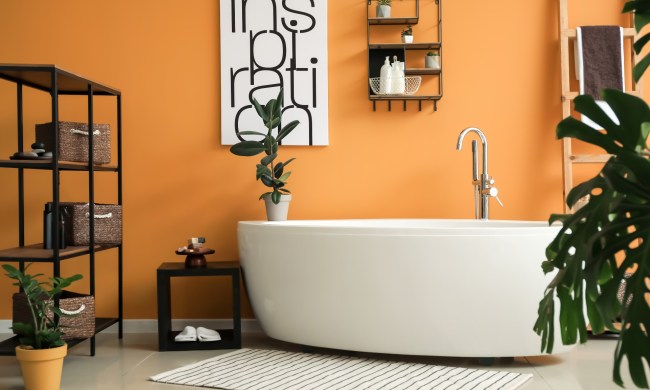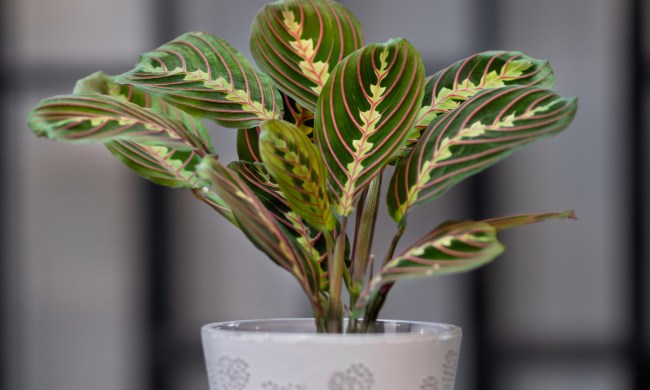When the temperatures outdoors start to drop, it’s time to think about bringing your outdoor plants indoors to keep them alive and healthy until they can live outside again. Bringing your plants in for the winter is a great practice and allows you to enjoy your plants for years to come.
However, the drastic change in environment can be startling to your precious plants. Such a change can lead to an unhealthy plant or even a dead one. The changes in temperature, humidity levels, and light levels will be extreme, and your plants could easily go into shock and start to wither.
You can ensure a healthy and successful transition indoors by taking the process slowly. To help your outdoor plants survive and thrive indoors, follow these 15 tips to keep them happy and healthy during the cold season.
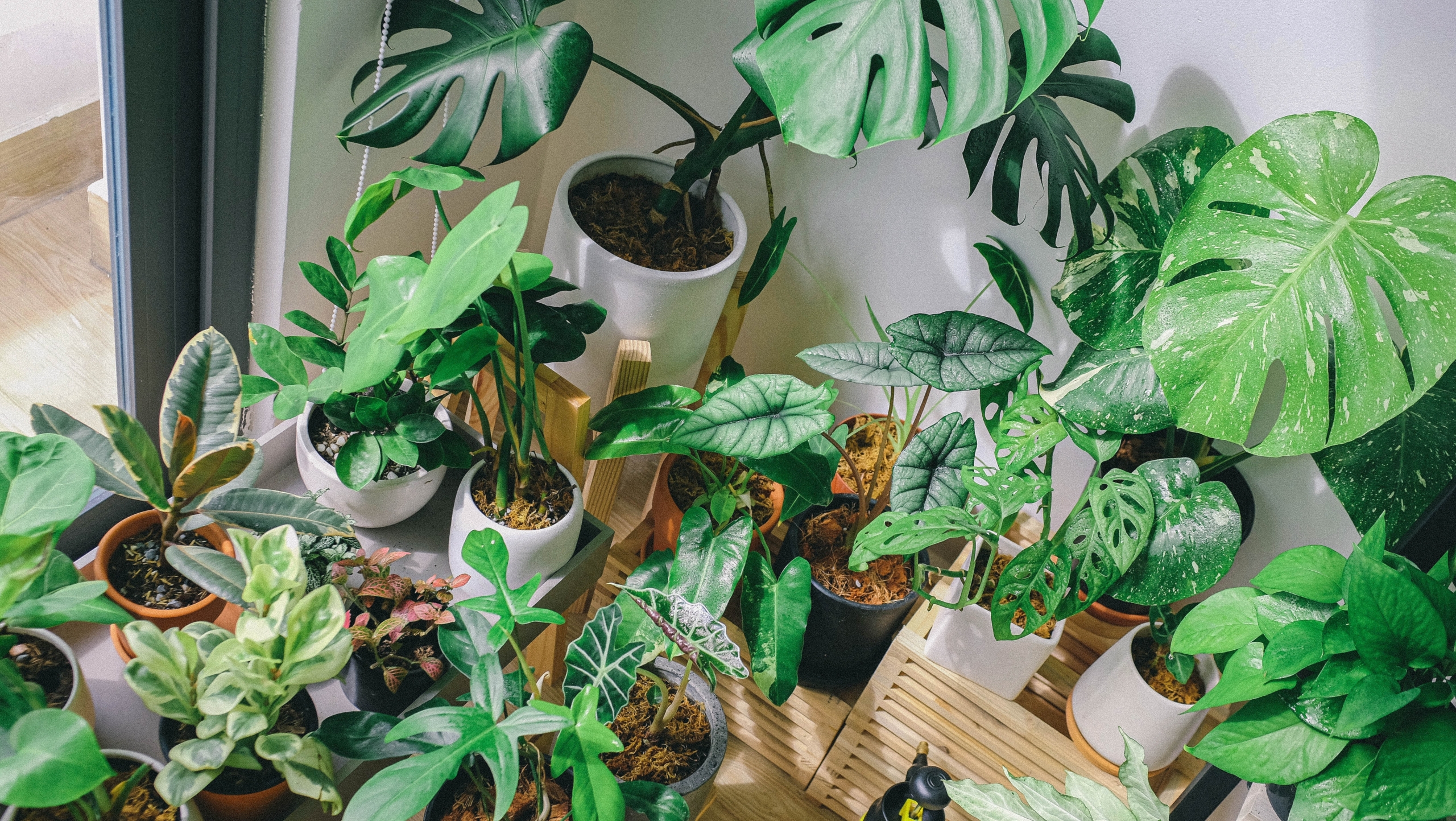
Prepare an appropriate indoor space
Clean your windows well
In order to ensure that your plants get the most possible light, make sure the windows nearest to them are squeaky clean and free of any film, streaks, or smudges.
Update your indoor lighting
Consider changing out the light bulbs in your house for full-spectrum light bulbs or daylight bulbs to mimic the light of the sun. You can even invest in some grow lights and install them on a lamp near your plants to give them the most light indoors.
Address humidity levels indoors
Winter months indoors can create a lot of dryness in the air. Your heat is going strong and the moisture in the air is all but eliminated. Keep a humidifier going near your plants and keep your plants close to each other to help keep the humidity levels high indoors.
Avoid drafty areas
Areas near a poorly insulated door or window, or areas directly under a heating vent, will create poor temperature levels for your plants.
Choose windows with appropriate exposure
Southern facing windows are great for plants that need more light and northern facing are great for plants that can do with less light. Avoid windows that face east or west as they won’t produce as many hours of sun exposure.
Avoid areas that your pets can access
Not only can your pets damage your plants, but some plants can even be toxic to your pets.
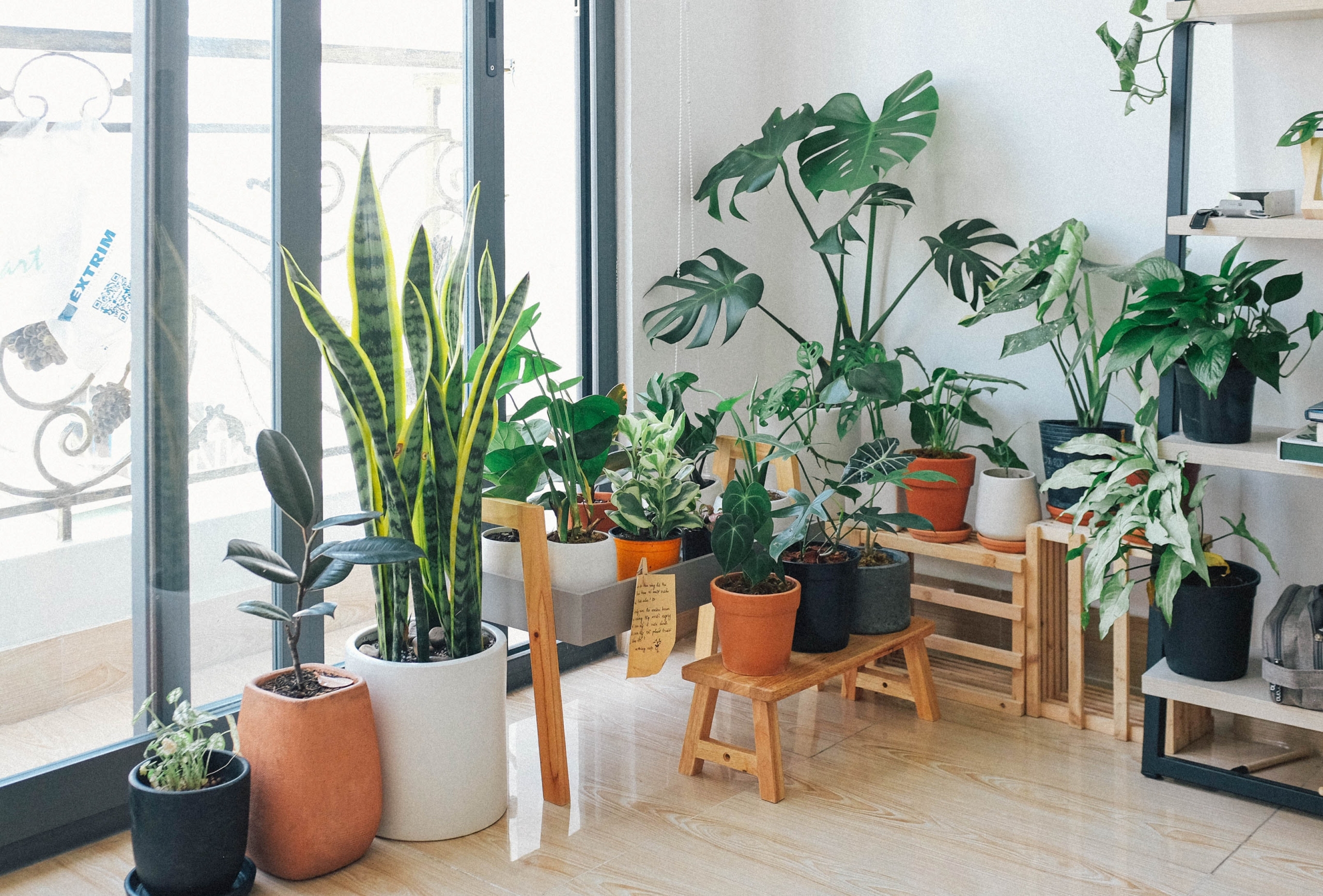
Prepare your plants
Address insect issues
Be sure to examine the entire plant and the soil carefully for pests before the transition. Once your plants are indoors, natural predators of these bugs will be absent so the critters will have free reign to destroy your plants. You can pick bugs off by hand or even treat your plants with an organic soap or insecticide before bringing them inside.
Trim and prune your plants
To avoid issues with mold, remove dead or dying portions of the plant and pull off any dead stuff that has accumulated on the top of the soil. Make sure you wipe and disinfect your trimmers between plants to avoid cross-contamination of possible diseases.
Gradually acclimate plants
This process will be a shock for your plants, so start a few weeks early by periodically placing them in shaded areas or bringing them indoors for a couple of hours a day to acclimate them to the change.
Avoid encouraging new growth
Since winter is a time for your plants to rest indoors, don’t trim away living or healthy portions and don’t re-pot your plants as these activities prompt new growth.
Clean the outside of your pots well
Clean the pots with a soap and water mix to get rid of mold and grime. You can use steel wool on pots with tougher materials or use a softer rag for pots with more delicate materials or decorative finishes.
Clean your plants
Consider wiping each leaf down with a cotton ball or clean rag soaked in water. This will remove any remaining dirt, dust, or pollen that is coated on the leaves and help them soak in more light while indoors.
Water your plants heavily
Give them a good soak before bringing them indoors so they have a good amount of water for the stressful time ahead.
Let them dry
Let your plants’ leaves and their pots dry in the outside air before bringing them indoors to avoid mold and mildew.
Update your care routine once indoors
Caring for your plants indoors will be much easier and less time consuming after they are brought indoors. You won’t have to water them as much, there will be no need to fertilize their soil, and you shouldn’t have to do any pruning. As long as their existing leaves and branches still look healthy, you’re doing a great job!
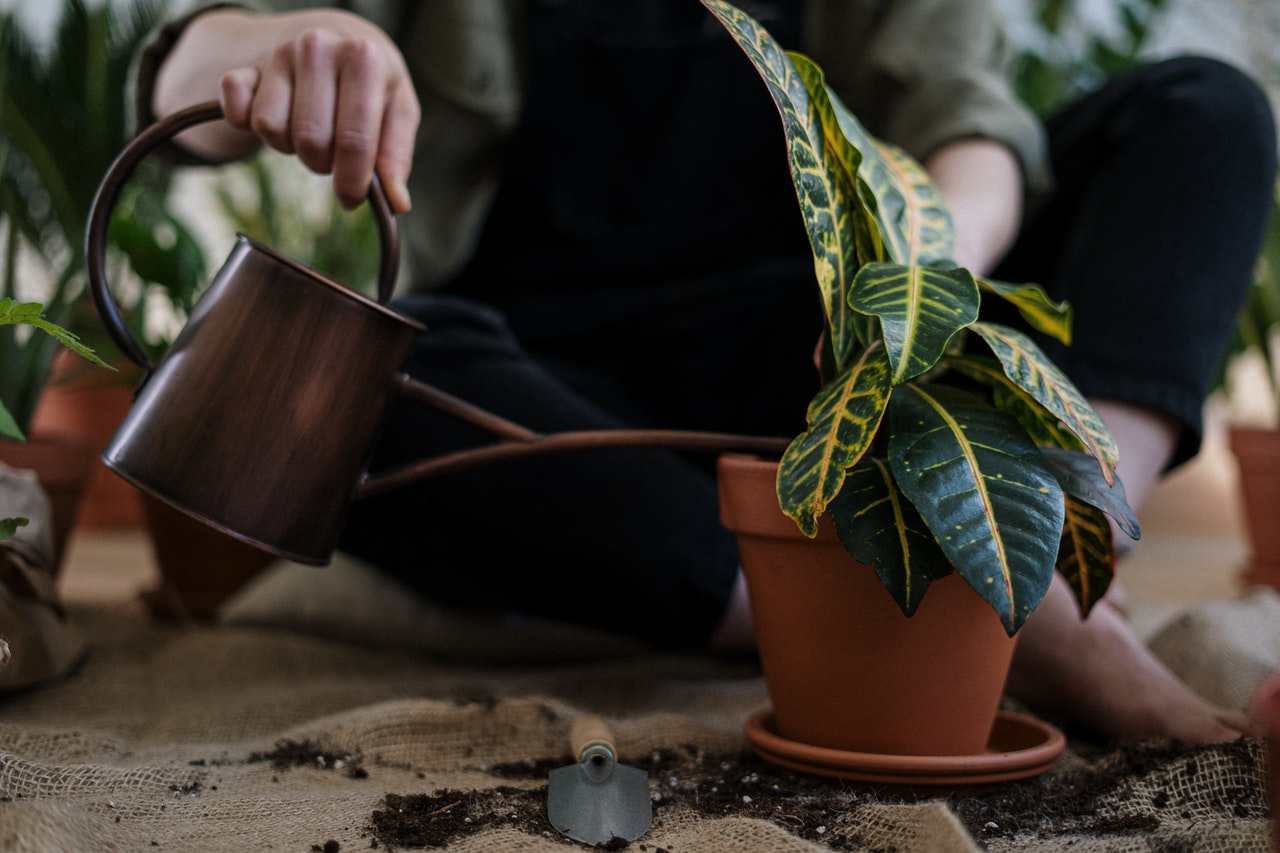
Some final thoughts
Taking the above tips seriously and performing the transition slowly and carefully will help to ensure the survival of your plants after the move indoors for the winter. If you don’t see any new growth on your plants, don’t be alarmed! Know that you will not see flourishing growth on your plants during their indoor period, and that’s OK. While your plants are indoors, they will be resting quietly instead of growing rapidly so that they can survive the winter and flourish once again outdoors when summer returns.

